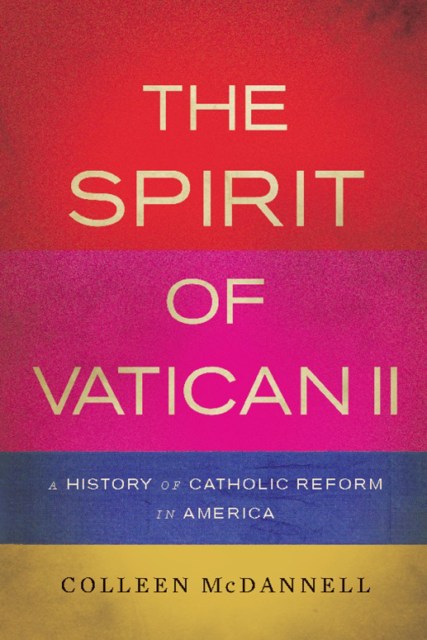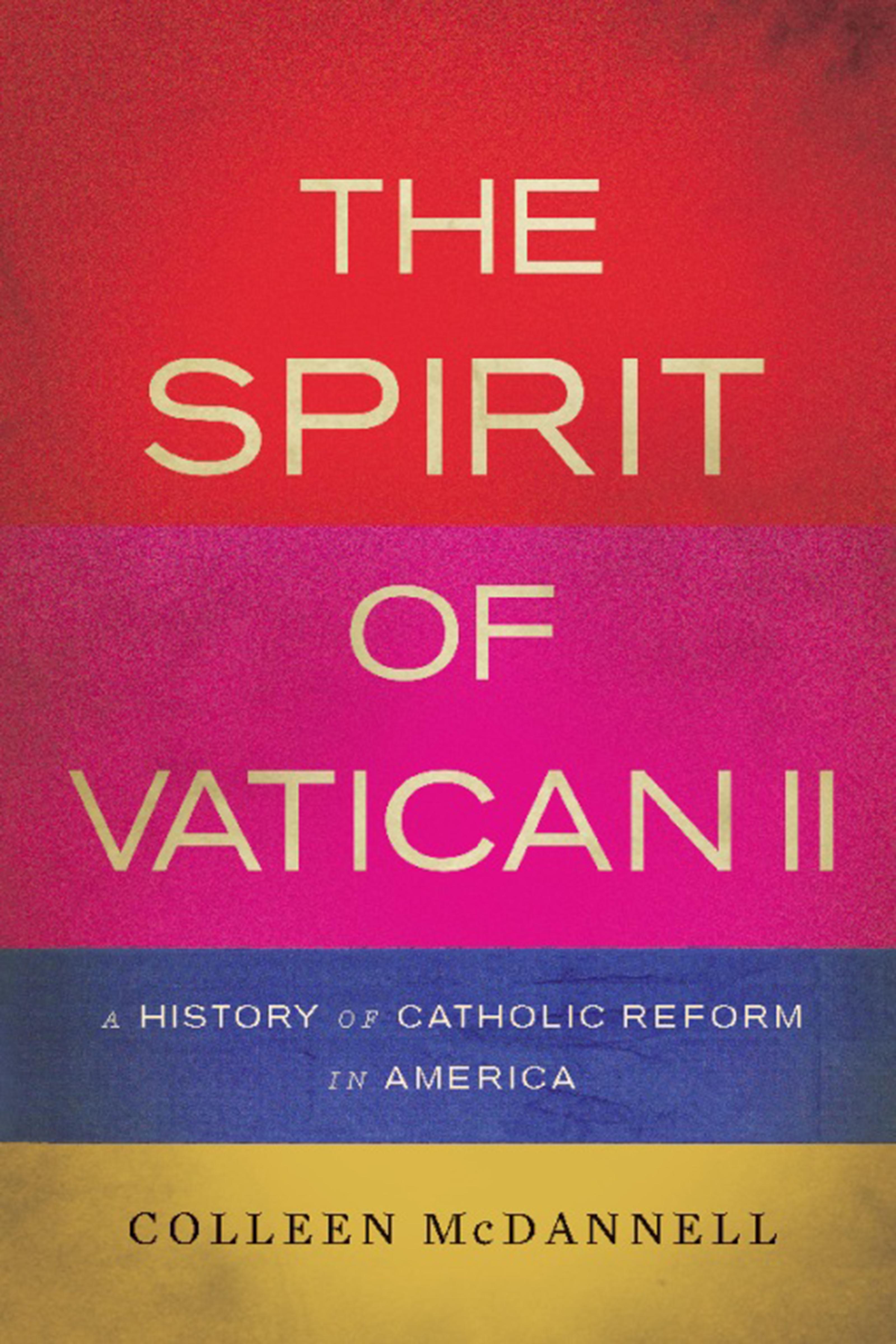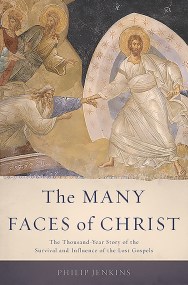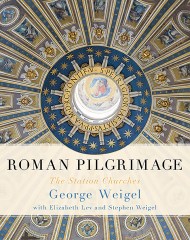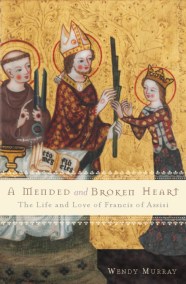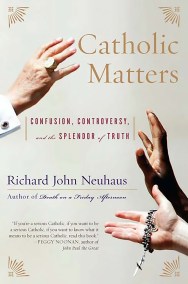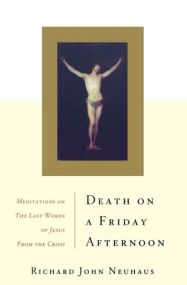Promotion
Use code MOM24 for 20% off site wide + free shipping over $45
The Spirit of Vatican II
A History of Catholic Reform in America
Contributors
Formats and Prices
Price
$15.99Price
$20.99 CADFormat
Format:
ebook $15.99 $20.99 CADThis item is a preorder. Your payment method will be charged immediately, and the product is expected to ship on or around March 1, 2011. This date is subject to change due to shipping delays beyond our control.
Also available from:
In this illuminating study, religious historian Colleen McDannell presents new insight into Vatican II by shifting the framework of its analysis: from men to women, from urban to suburban, from theory to practice. Using the story of her Catholic mother’s life as a narrative thread, McDannell presents in The Spirit of Vatican II a refreshingly positive portrayal of the state of modern Catholicism — and a testament to the lasting effects of its liberalization.
Genre:
- On Sale
- Mar 1, 2011
- Page Count
- 304 pages
- Publisher
- Basic Books
- ISBN-13
- 9780465023387
Newsletter Signup
By clicking ‘Sign Up,’ I acknowledge that I have read and agree to Hachette Book Group’s Privacy Policy and Terms of Use
